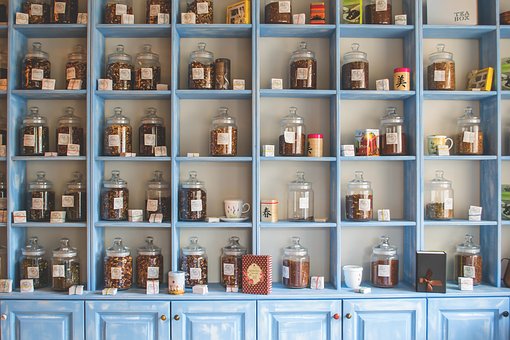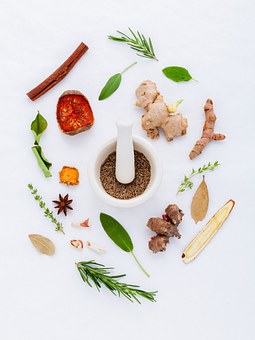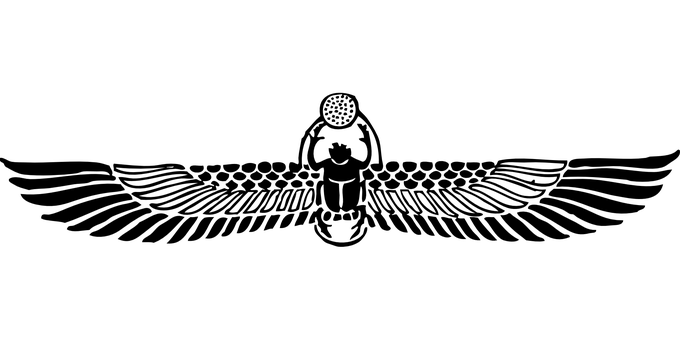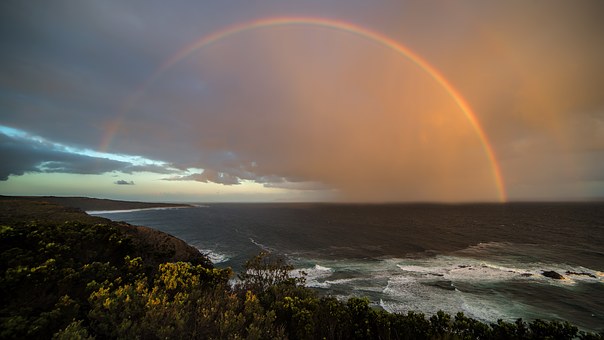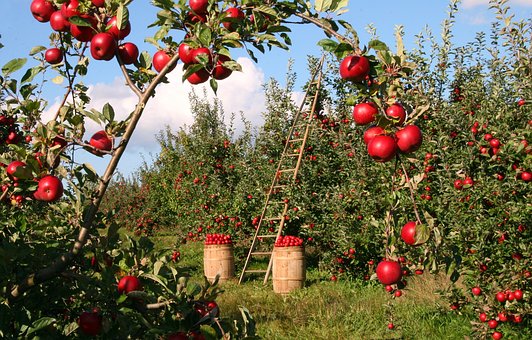Ginkgo biloba
The famous herbal plant the ginkgo biloba L. or the gingko tree is the only extant member of the Ginkgoaceae family of plants, which used to contain many other species – that are all extinct now. The gingko herb existed in the Chinese mainland for more than 200 million years; it has a long historical and traditional use as an herbal remedy in the Chinese system of medication. Europeans were first introduced to the ginkgo plant in the year 1730. In the west, the gingko attained its fame as a popular ornamental tree in parks and gardens, where it is still used in this role in cultivated gardens all around the world.
Tag: west
Figwort
Scrophularia nodosa
In both eastern and western traditions, figwort (S. nodosa) is a very cleansing herb. In the past, figwort was known as the scrofula plant (hence the botanical name), and used to treat abscesses, purulent wounds, and the “King’s Evil” or scrofula (tuberculosis of the lymph glands in the neck). Culpeper calls the herb throatwort because of its use in treating this disease. The Chinese use xuan shen, the root of a related species, S. ningpoensis, as a prime remedy for “fire poisons,” the kind of purulent conditions associated with the herb in the West.
Blue Flag
Iris versicolor
Also called the wild iris, this plant predominates throughout much of the West. In appearance it looks a lot like your common iris-long, smooth spear-shaped leaves and adorned with a light lavender or bluish-purple flower just a tad smaller in size than your garden varieties. Blue flag is a sociable plant, preferring to grow in bunches rather than by itself. Nothing is more beautiful, indeed, than to walk across an entire meadow during late June and early July.
Ha
Guardian god. Egyptian. Early deity of the western Sahara referred to as warding off enemies (possibly Libyan) from the west. Depicted in anthropomorphic form crowned by the symbol of desert dunes.
GABRIEL
Element of water
The winter season
The potency of God
Favorite day: Monday
Presides over paradise
Invoked towards the west
Love is her great force factor
Rules west quarter of the earth
The colors of emerald and sea green
Gematria by David Allen Hulse
Of all the ancient magickal languages, the mysticism surrounding biblical Hebrew is the best known in the West. The body of esoteric teachings concerning the Hebrew language is known as the Qabalah (meaning that knowledge which can only be imparted orally in secret, handed down from one generation to the next). In modern occultism, the term Qabalah, which originally meant Hebraic secret wisdom, has now come to mean any secret, esoteric system of thought which uses alphabet letter, color, symbol, sound, and number as the basic building blocks of its philosophical system. Thus modern writers will refer to a “Greek” Qabalah, a “Celtic” Qabalah, or even a “Wiccan” Qabalah.
Oceania, Polynesia, and Hawaii
by Daphne Elliott
Writers often use the word Oceania to cover that vast geographic area of t he Pacific Ocean which includes The Philippines and Indonesia in the west, the Hawaiian Islands in the north, Easter Island to the East, and Australia and New Zealand to the South, with all the islands, archipelagos and land masses in between.
Appleseed, Johnny
by Blair Colquhoun
Johnny Appleseed, (John Chapman 1774-1820?), was born in Massachusetts and on what should have been his wedding day (his fiancée died), he left Massachusetts to plant apple trees throughout what was then the west. By the time of his death about 1820, there were apple trees in what is now the Midwest. Ohio, Indiana, Minnesota, Iowa, and Michigan. He is depicted as a man with a bag of seeds over his shoulder and wearing a sauce pan for a hat. The orchards he planted are still in use today. According to one story, he helped an old woman beat a witchcraft charge.

